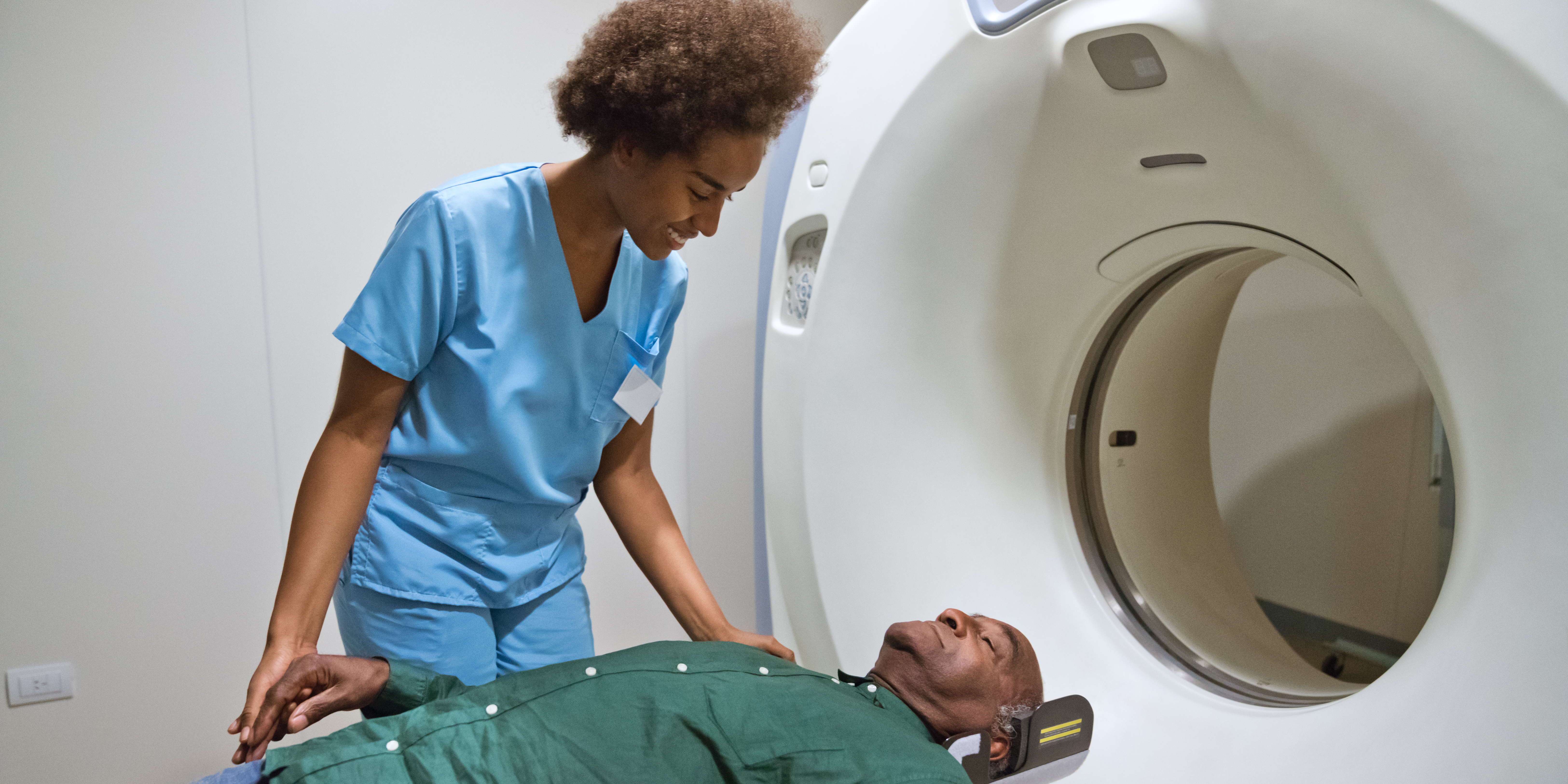
The annual Ionising Radiation (Medical Exposure) Regulations report received 727 notifications of significant accidental and unintended exposures (SAUE) across modalities between April 2022 and March 2023.
This compares with 611 received in the previous reporting period, an increase of 19 per cent.
The IR(ME)R report is an accessible and valuable evidence based learning resource for the radiographic workforce and for professional bodies, and the SoR is encouraging employers, senior service managers, service leads, quality leads and IR(ME)R leads across all four devolved administrations to read the full report.
Specific concerns and trends
Despite the workforce crisis, the SoR noted there is “generally a positive culture” in England of reporting SAUE incidents through notifications to the regulator.
However, this year’s report has raised specific concerns and trends to which radiographers should pay attention.
Of the 727 reports received over the past year, 380 (52 per cent) were from diagnostic imaging departments, 270 (37 per cent) were from radiotherapy departments, and 77 (11 per cent) were from nuclear medicine departments.
The report found this was “broadly comparable” to the previous reporting period.
The most common errors
Of the 380 reports from diagnostic imaging departments, the most common type of error remained carrying out an examination on the wrong patient, at 25 per cent of all diagnostic imaging incidents.
In response to this ongoing trend, the SoR published the Preventing Patient Identification Incidents in Diagnostic Imaging, Nuclear Medicine and Radiotherapy guidance – principles for safe practice in the United Kingdom in 2022.
It encourages members and service leads to consider the recommendations made and to review their employers' procedures for referrers, including entitlement of referrers and the provision of referral guidelines; referral processes including the provision of adequate demographic and medical data and the correct processes to cancel examinations no longer required; and effective audit of procedures to identify the individual to be exposed to ionising radiation.
Procedures and training
The report also raised concerns that procedures, protocols and guidance for staff need to be up to date and effective. Internal processes to audit and improve compliance and processes when investigating incidents also need to improve, the SoR added.
The Clinical Imaging and Radiotherapy Boards have produced gold standard guidance to support services and employers to achieve compliance and work towards best practice. In addition the SoR has an extensive library of professional policy and guidance resources.
“Learning from ionising radiation dose errors, adverse events and near misses in UK clinical imaging departments: Working party user guidance” provides a reporting framework and coding taxonomy to improve the management of incident investigation and notification to the IR(ME)R regulators.
Finally, the report emphasised the need to improve the quality and availability of training records for staff.
The SoR encourages employers to effectively manage and record the training and education of all staff involved with ionising radiation relative to their scope of entitlement.
It offers support to individuals to demonstrate their commitment to continuing professional development in radiation protection matters through our Education and Career Framework, radiation protection forums, study events, webinars, e-learning for healthcare and CPD Now.
Image: Izusek via GettyImages
